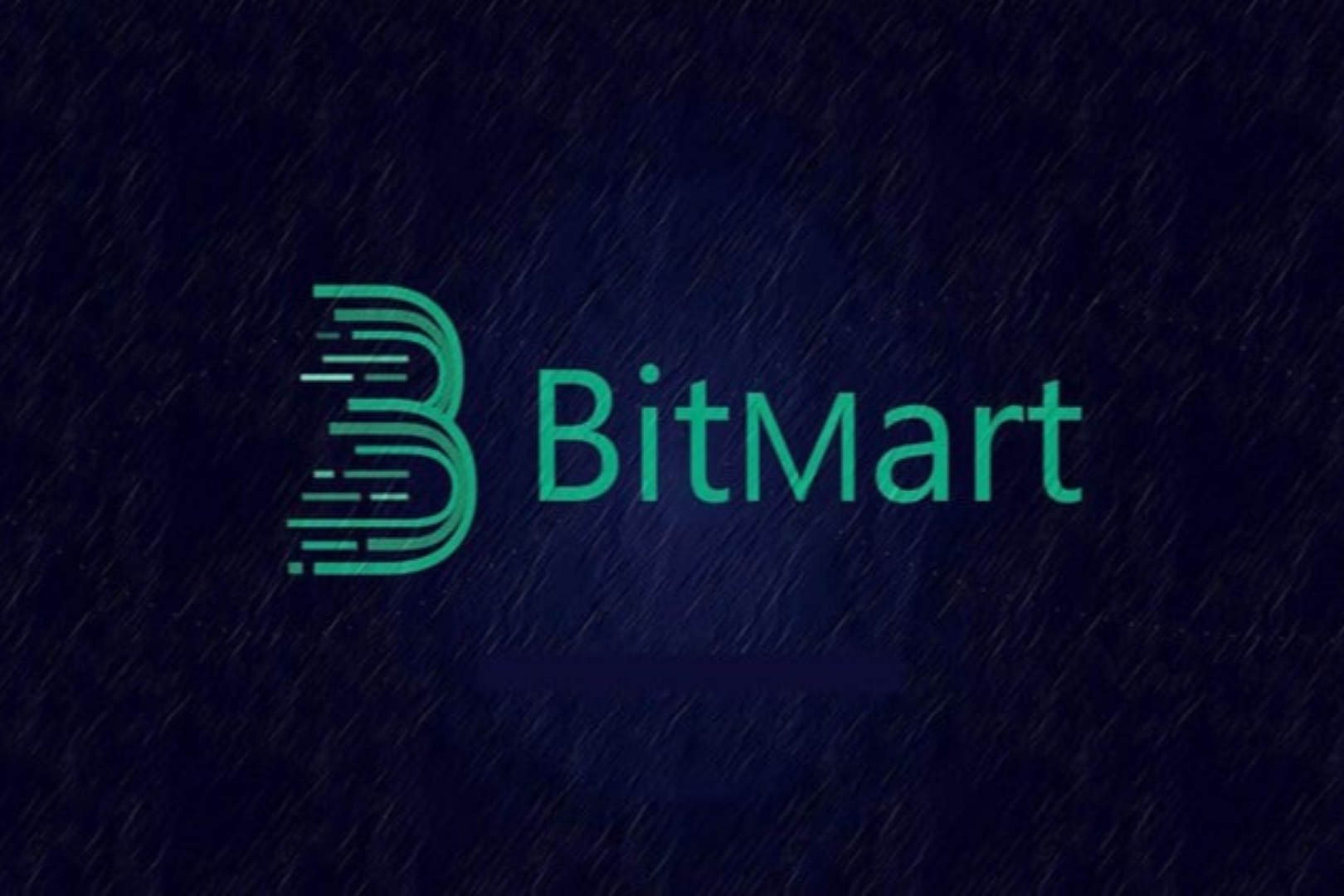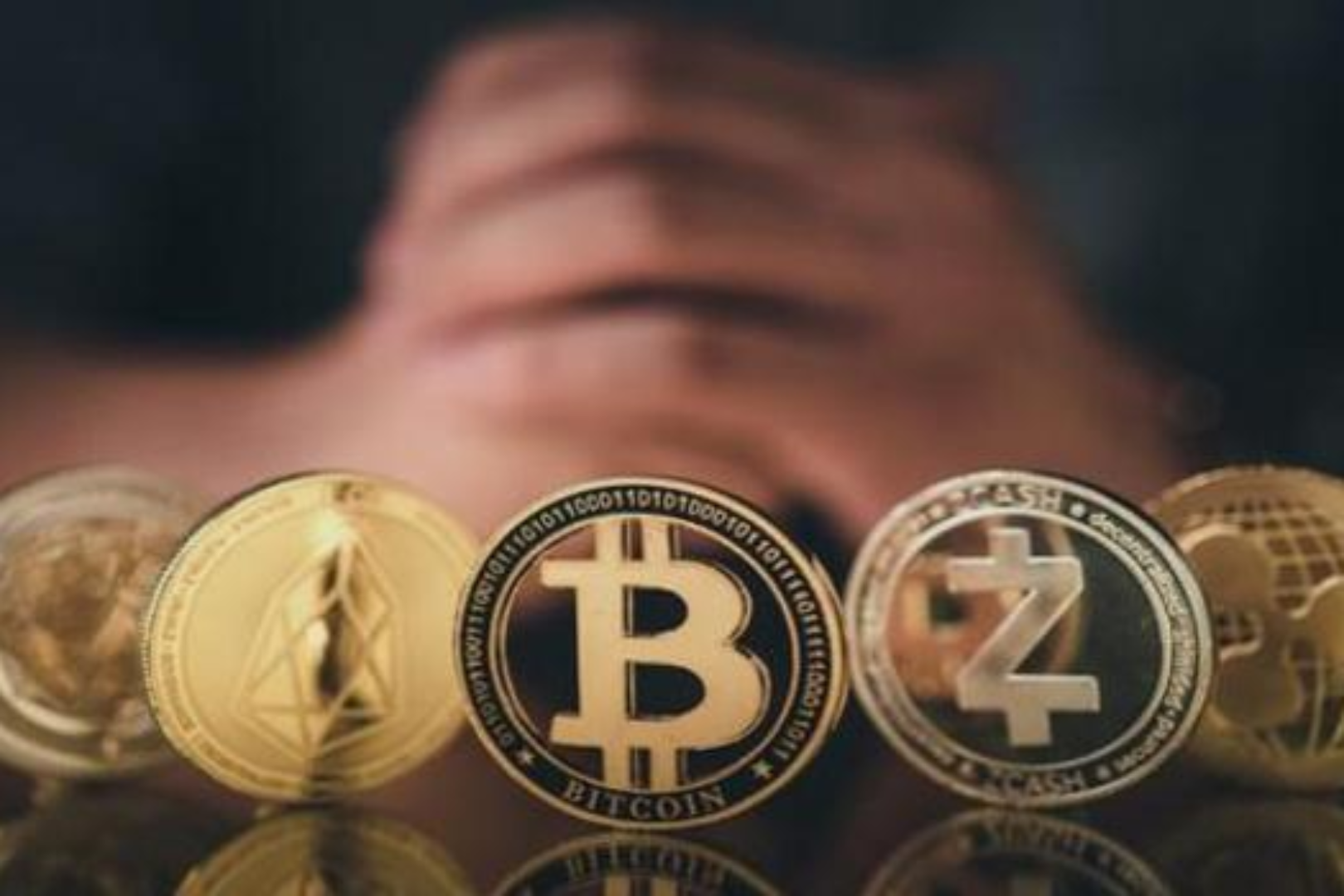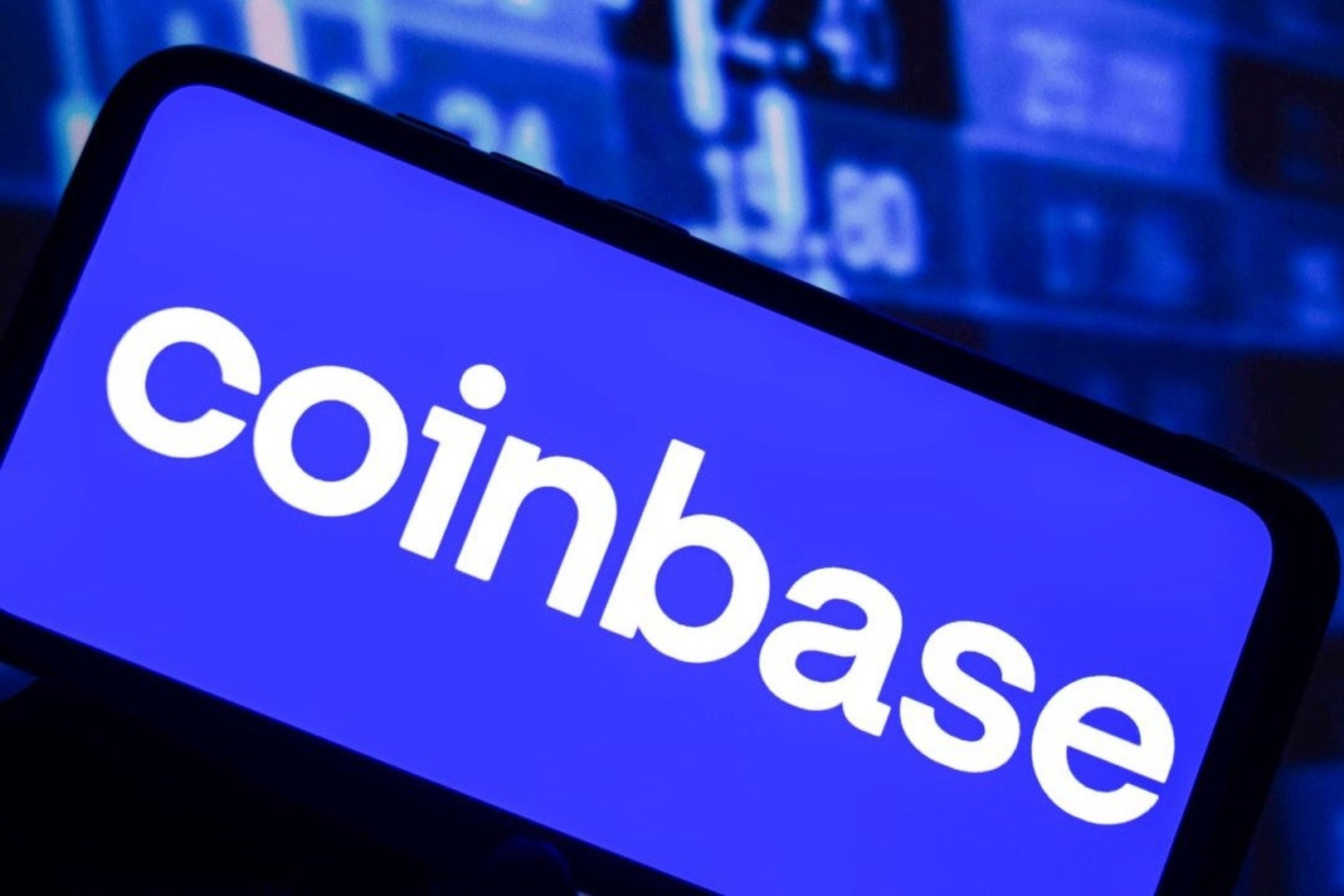In the past, both traditional finance and cryptocurrency markets used the mechanism of pending orders to match buyers and sellers. Until the emergence of the automated market maker (AMM) trading model, it brought a novel trading mechanism to users in the decentralized financial field. . The Automated Market Maker (AMM) model can reduce DEX's dependence on the performance of the blockchain. In the case of sufficient liquidity, it can also have lower transaction slippage. Most importantly, token holders can also By providing liquidity to the fund pool of the Automated Market Maker Agreement (AMM) to collect transaction fees, convert spot assets into financial tools.
image description
Source: zumzoom
Since impermanent loss will have a significant impact on long-term liquidity providers, many development teams are working on solutions in this area, but among so many AMM projects, the only one that can effectively solve impermanent loss and has good ease of use The platform, perhaps only Bancor after the V2.1 version update. What this article wants to discuss is how Bancor solves the AMM pain point of "impermanent loss".
Bancor Introduction and Current Performance
Bancor is a fairly old AMM project in the market and a pioneer of the Automated Market Maker (AMM) model. Unlike Uniswap or SushiSwap, all capital pools on Bancor must use BNT as counter assets, such as WBTC/BNT, ETH/BNT, USDT/BNT, which means that BNT is all TKN (ETC20 tokens, short for Token) Connections or paths between, for example: TKN A -> BNT -> TKN B. Due to the lack of incentives for liquidity providers to buy and hold BNT, it was difficult for Bancor to compete with platforms such as Uniswap or Kyber that can freely choose the counter currency.
But it is precisely because Bancor has insisted on such a model design from the past to the present that he can solve the "impermanent loss" problem that cannot be solved by other platforms in the recent V2.1 revision. As can be seen from the platform locked assets and transaction volume data in the figure below, Bancor has experienced substantial growth in February 2021, and the V2.1 revision is the main reason for this.
Source: Dune Analytics
Source: Dune Analytics
Source: Dune Analytics
Source: Dune Analytics
Version update for V2.1
image description
Source: Bancor
Unilateral liquidity provision
In the past, because the provision of liquidity on Bancor needed to hold BNT of corresponding value at the same time, many liquidity providers shunned them. Therefore, in the version update of V2.1, the development team implemented the flexible supply model. With the "unilateral liquidity provision" function, liquidity providers can choose to only provide liquidity in a single currency of TKN or BNT, without the need to prepare two assets at a time, which cannot be achieved by other platforms.
The so-called elastic supply model means that when the liquidity provider injects TKN liquidity into the TKN / BNT fund pool, the agreement will automatically issue additional BNT to make up for the BNT that should have been provided by the liquidity provider. These newly minted BNT will be kept in the fund pool and burned when liquidity providers withdraw the liquidity of TKN tokens.
On the other hand, in addition to Bancor’s ability to provide TKN liquidity, BNT holders can also choose to pledge BNT to provide liquidity. When the fund pool has external BNT inflows (BNT holders pledge), it will replace the BNT position minted by the agreement , form a transaction pair with TKN, and the BNT minted by the agreement will also be destroyed because it is replaced.
While the elastic supply model realizes the function of "unilateral liquidity provision", the newly issued tokens are controlled by the agreement and can only be used as liquidity in the fund pool. In addition, the elastic supply model has a hard cap, and the value is determined by the decentralized governance organization. On the other hand, the elastic supply model can also be regarded as a joint investment between the agreement and the liquidity provider, because the provision of liquidity can obtain transaction fee income, and the fee income obtained by the agreement will be used to destroy BNT. Therefore, the burned The amount of BNT will be greater than the original amount of minted BNT, thereby increasing the scarcity of BNT.
impermanence insurance
The elastic supply model is also the core basis for Bancor to solve the impermanent loss pain point. "Impermanence loss insurance" enables TKN liquidity to be provided on Bancor. In addition to enjoying "transaction fee income", the agreement can also compensate for any impermanence losses encountered by users, but the following conditions must be met to obtain 100% insurance claims for impermanence losses .
image description
Source: Bancor
image description
Source: Bancor
image description
Source: Bancor
inflation problem
Presumably most people will find out after reading Bancor’s solution that both the “elastic supply model” and the “impermanent loss insurance” are solutions through the issuance of additional tokens. Will this cause inflation and dilute the value of tokens? .
In terms of the elastic supply model, the newly issued tokens are directly managed by the agreement, and the liquidity only used as a fund pool will not flow into the external market, let alone cause value dilution of the tokens. Furthermore, the agreement will issue additional tokens as joint investment funds, which can increase the income of the agreement, and then destroy more tokens, which is conducive to the positive cycle of the overall token economy.
image description
Source: Deribit
Judging from various data, the agreement has not moved towards an inflationary trend so far, and the price of BNT tokens has also continued to rise due to the increase in platform locked assets, transaction volume, and pledge income.
latent defect
future plan
future plan
In fact, in addition to the two main functions shared today, Bancor also has functions such as automatic reinvestment of mining revenue and Bancor Vortex (leveraged financing), creating sufficient token empowerment and holding motivation for BNT tokens. In addition, in the face of strong competition in the market, the Bancor development team also plans to launch more different new products in the future, including: Origin Pools (similar to SushiSwap’s Onsen), Shadow Token stablecoin pools (a stablecoin trading pool against Curve) , the second-layer expansion plan, cross-chain transactions, etc., this kind of never-ending innovation may be the main reason why Bancor is called the dark horse of DEX.





